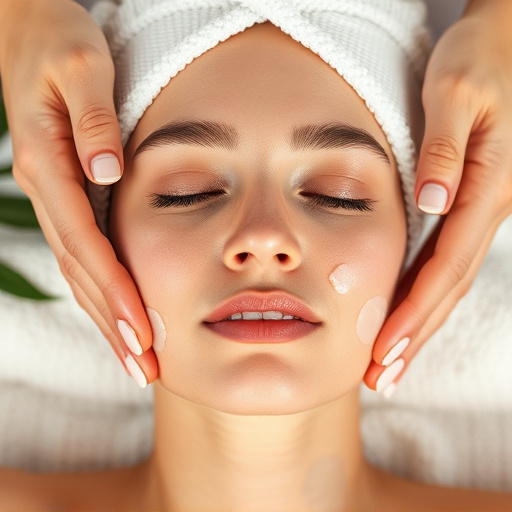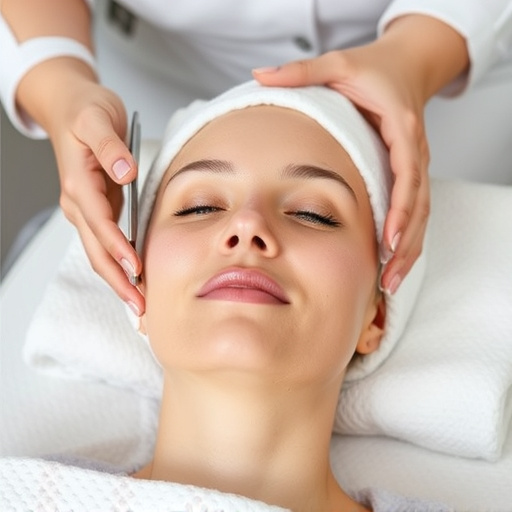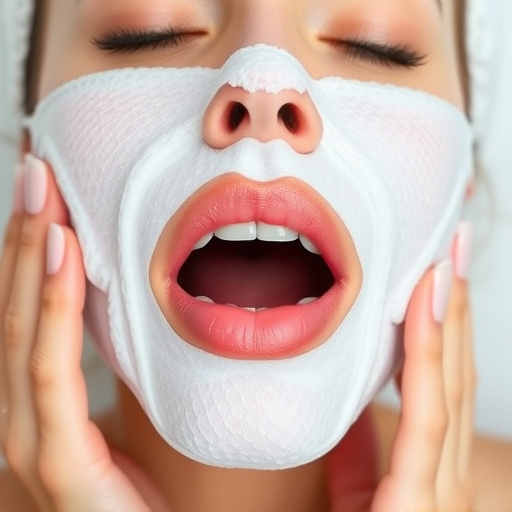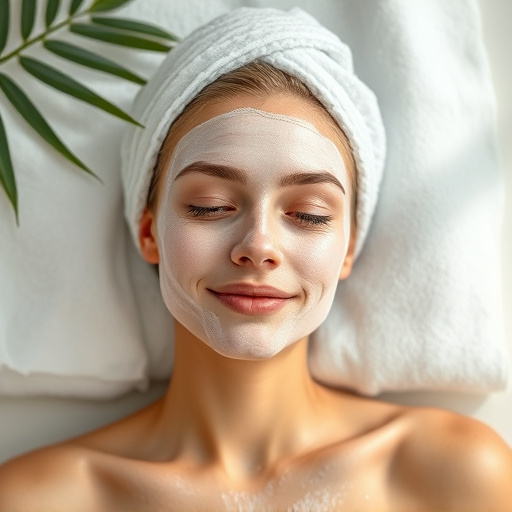Advanced wart removal treatments cater to diverse skin types and wart characteristics, including common, plantar, and genital warts, with options like topical creams, cryotherapy, laser sessions, and surgical excision. Effectiveness varies by wart type, size, depth, and location, with over-the-counter solutions for common warts but more severe cases needing professional care. Complementary anti-aging treatments and personalized skincare routines improve overall skin health, potentially preventing new wart development. Treatment frequency depends on wart severity, patient health, chosen method, and recovery periods, ranging from home topical creams to weekly cryotherapy sessions. Persistent warts require regular maintenance for long-term relief, with scheduled treatments beneficial for multiple warts or friction-prone areas like hands, feet, and knees. Proactive management ensures smoother, clearer skin, enhancing both function and appearance.
Wart removal is a common concern, with various treatments available. But how often should you undergo these procedures? This article explores the timing and frequency of wart removal treatments, providing insights into what influences their necessity. We’ll discuss effective methods, key factors like immune response and wart type, and when regular maintenance is recommended. By understanding these aspects, you can make informed decisions regarding your skin health.
- Understanding Wart Removal Treatments and Their Effectiveness
- Factors Influencing the Frequency of Wart Removal Treatments
- When to Consider Regular Wart Removal Maintenance
Understanding Wart Removal Treatments and Their Effectiveness
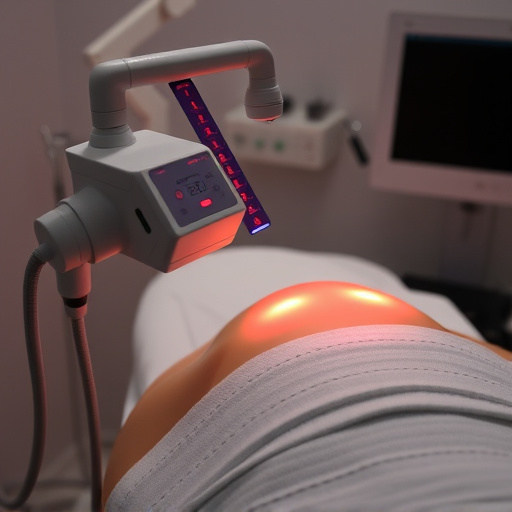
Wart removal treatments have evolved significantly over the years, offering a range of options tailored to different skin types and wart characteristics. From topical creams to cryotherapy (freezing), laser treatments, and even surgical excision, each method has its pros and cons. The effectiveness of these treatments varies depending on factors like the type of wart (common, plantar, or genital), its size, depth, and location on the body.
Common warts often respond well to over-the-counter treatments, while more stubborn or extensive warts may require professional intervention. Anti-aging treatments and personalized skincare routines can play a supporting role in managing warts by improving overall skin health. Wrinkle reduction techniques, for instance, can help keep the skin’s surface smooth and healthy, potentially preventing new wart formations.
Factors Influencing the Frequency of Wart Removal Treatments
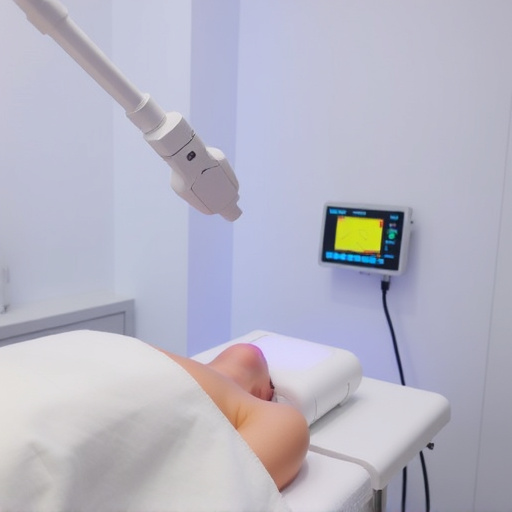
The frequency of wart removal treatments largely depends on several factors. One key determinant is the type of wart and its severity; warts that are more persistent or have deeper roots may require more frequent sessions to ensure complete removal. Additionally, the patient’s overall health plays a significant role; those with weakened immune systems might need more regular treatments as their bodies could take longer to heal.
Another influencing factor is the chosen method of wart removal. Different techniques, such as topical treatments, cryotherapy, or surgical excision, have varying effectiveness and healing times. For example, while topical creams can be applied at home between professional sessions, cryotherapy might need to be repeated every few weeks. Moreover, combining wart removal with other skin concerns like pore refinement or skin rejuvenation could necessitate more frequent visits, depending on the specific treatments involved and their interplay with the wart removal process.
When to Consider Regular Wart Removal Maintenance
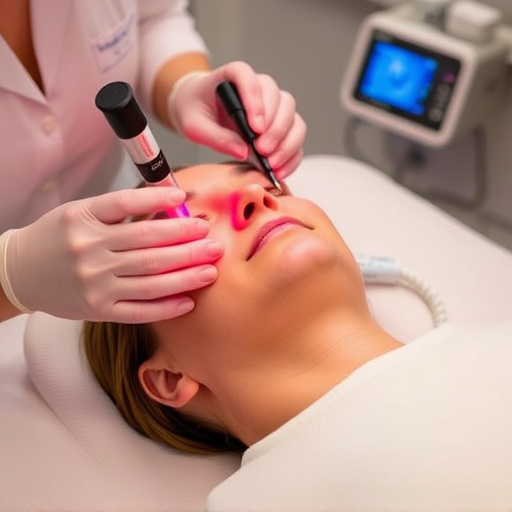
Warts can be persistent and recurrent, so considering regular wart removal maintenance is essential for long-term relief. Depending on their type, location, and severity, warts may require ongoing management to prevent them from spreading or causing discomfort. Regular treatments are particularly beneficial if you have multiple warts or those located in areas prone to friction, like hands, feet, or knees.
If your warts are unsightly and impact your aesthetic appeal, or if they’re causing pain or interfering with daily activities, it’s a good time to consider scheduled wart removal maintenance. Customized facials and body contouring treatments can also address associated skin concerns, providing both functional and cosmetic improvements. Regular checks and proactive management can ensure warts are kept at bay, allowing you to enjoy smooth, clear skin without the hassle of recurring warts.
Determining the optimal frequency for wart removal treatments depends on various factors, including the type of wart and individual skin conditions. Generally, it’s recommended to consider regular maintenance for persistent or recurrent warts. By consulting a healthcare professional, you can establish a tailored treatment plan that may range from occasional treatments to continuous management, ensuring effective wart removal and preventing future recurrences. Regular Wart Removal Treatment plays a crucial role in managing this common skin concern.









